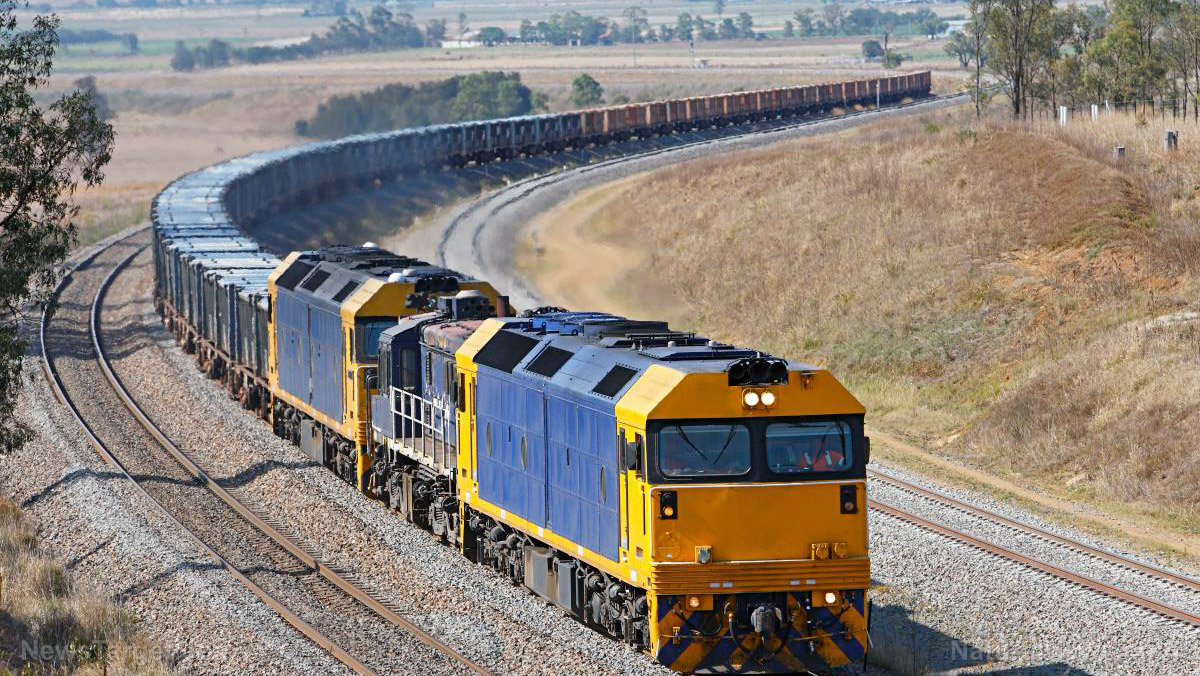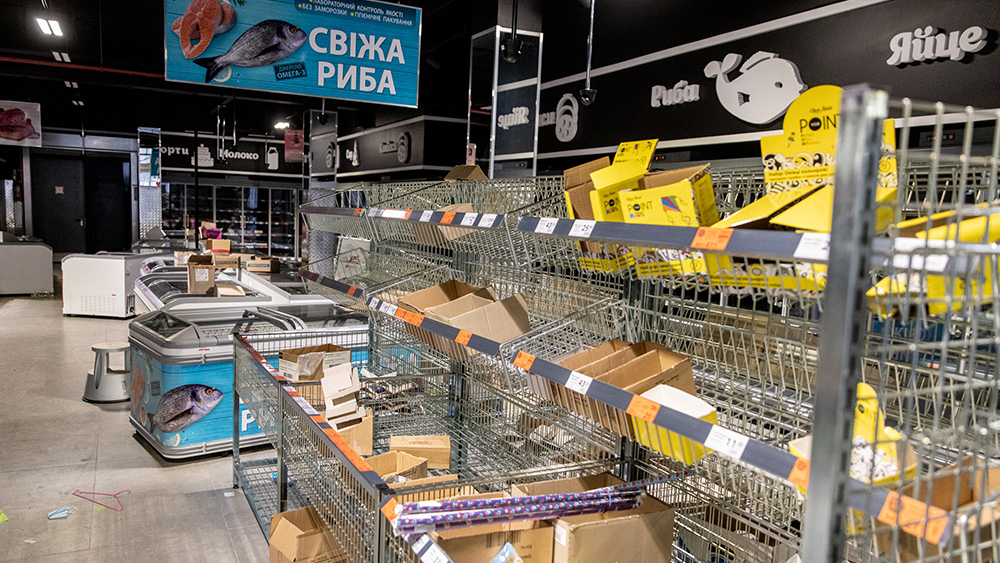Trucking industry is short 80,000 truck drivers amid supply chain crisis
11/08/2021 / By Divina Ramirez

The American Trucking Associations (ATA) claimed that the trucking industry is short by a record high 80,000 drivers, which is 30 percent more than before the Wuhan coronavirus (COVID-19) pandemic when the industry faced a shortage of 61,500 drivers.
The ATA, the largest trade association in the trucking industry, said drivers retiring and increased consumer demand have contributed to the shortfall. This comes at a time when major U.S. ports are backlogged because of fewer trucks and drivers to pick up cargo, creating a supply chain slowdown.
In California, retailers and shippers in the ports of Los Angeles and Long Beach have expanded round-the-clock operations last month as part of President Joe Biden’s plans to ease supply chain bottlenecks.
However, the ports can’t work round the clock because importers don’t have enough truck drivers to move cargo at all hours. New trucks and trailers are also in short supply, further limiting the movement of cargo.
Truck fleets are seeking to draw more drivers
The truck driver shortage is pushing up transportation costs and delaying deliveries for manufacturers already dealing with disruptions due to the pandemic. If nothing is done, the ATA said the industry could see a shortage of 160,000 drivers by 2030.
To draw more truck drivers, fleets of all sizes are offering higher wages and bonuses. The ATA is also backing a proposed legislation that would allow 3,000 drivers between the ages of 18-20 to undergo training so that they can drive big rigs interstate, a job currently limited to drivers aged 21 and older.
Meanwhile, other truck associations are seeking to reduce on-the-job hardships, such as long wait times and a lack of parking. David Heller, vice president of government affairs for the Truckload Carriers Association, said doing so would help make the job more rewarding for truck drivers.
Operations are the issue, not drivers
Trucks haul 71 percent of the U.S. economy’s goods but represent only four percent of the vehicles on the road. Truck fleets say they can’t hire enough drivers to meet consumer demand because the country’s labor shortage has left openings for other blue-collar jobs that compete with trucking, such as local delivery operations.
Moreover, the surge of goods has resulted in logjams at loading docks and port terminals, making drivers’ jobs harder. Factories and warehouses are also short of staff to load and receive goods, worsening the logjams. (Related: Biden is not doing anything to resolve the supply chain crisis.)
Sadaya Morris, a 28-year-old truck driver who now owns a freight shipping company, said drivers normally sit for hours waiting to pick up cargo and get held up again when dropping off freight with customers. In other words, drivers need to wait for hours for free. “It’s the operations that are the issue,” said Morris.
Morris belongs to a trucker group called PAR18, which is pushing to ensure that drivers get paid for their time. As it is, most drivers are paid by the mile and they don’t typically get paid for the first few hours they spend waiting to load or unload cargo.
“The economic dysfunction of trucking is there’s no value placed on a driver’s time,” said Todd Spencer, president of the Owner-Operator Independent Drivers Association, an international trade organization dedicated to the interests of truck drivers.
Bob Costello, chief economist for the ATA, said all of the current existing drivers could haul more freight if the wait times are reduced. Some drivers have taken matters into their hands by refusing to take loads from shipping customers who keep them waiting.
Some owners of truck fleets are seeking to address the issue by raising the rates they charge their customers so that they can pay drivers better. Daniel Faircloth, chief executive of a Dallas-based carrier, said he offered to pay his drivers a salary of $1,650 a week to make up for the time they spend waiting to pick up or unload cargo.
Carriers are expected to end up paying truck drivers eight percent more this year, according to the National Transportation Institute, a research group that benchmarks trucking industry wages.
However, the ATA said pay increases mean some drivers will choose to work less at higher rates, and this may further worsen the driver shortage. “If they can make in two or three days what would normally take them a week, they’ll go home,” said Jerry Gioia, an owner-operator with a four-truck fleet based in Hayden, Colorado.
Collapse.news has more articles about the ongoing supply chain crisis in the country.
Sources include:
Submit a correction >>
Tagged Under:
big government, bubble, cargo vessels, collapse, crisis, delivery trucks, Joe Biden, labor shortage, market crash, national security, pandemic, products, shipping industry, supply chain, supply delays
This article may contain statements that reflect the opinion of the author
RECENT NEWS & ARTICLES
SupplyChainWarning.com is a fact-based public education website published by SupplyChainWarning.com Features, LLC.
All content copyright © 2021 by SupplyChainWarning.com Features, LLC.
Contact Us with Tips or Corrections
All trademarks, registered trademarks and servicemarks mentioned on this site are the property of their respective owners.





















